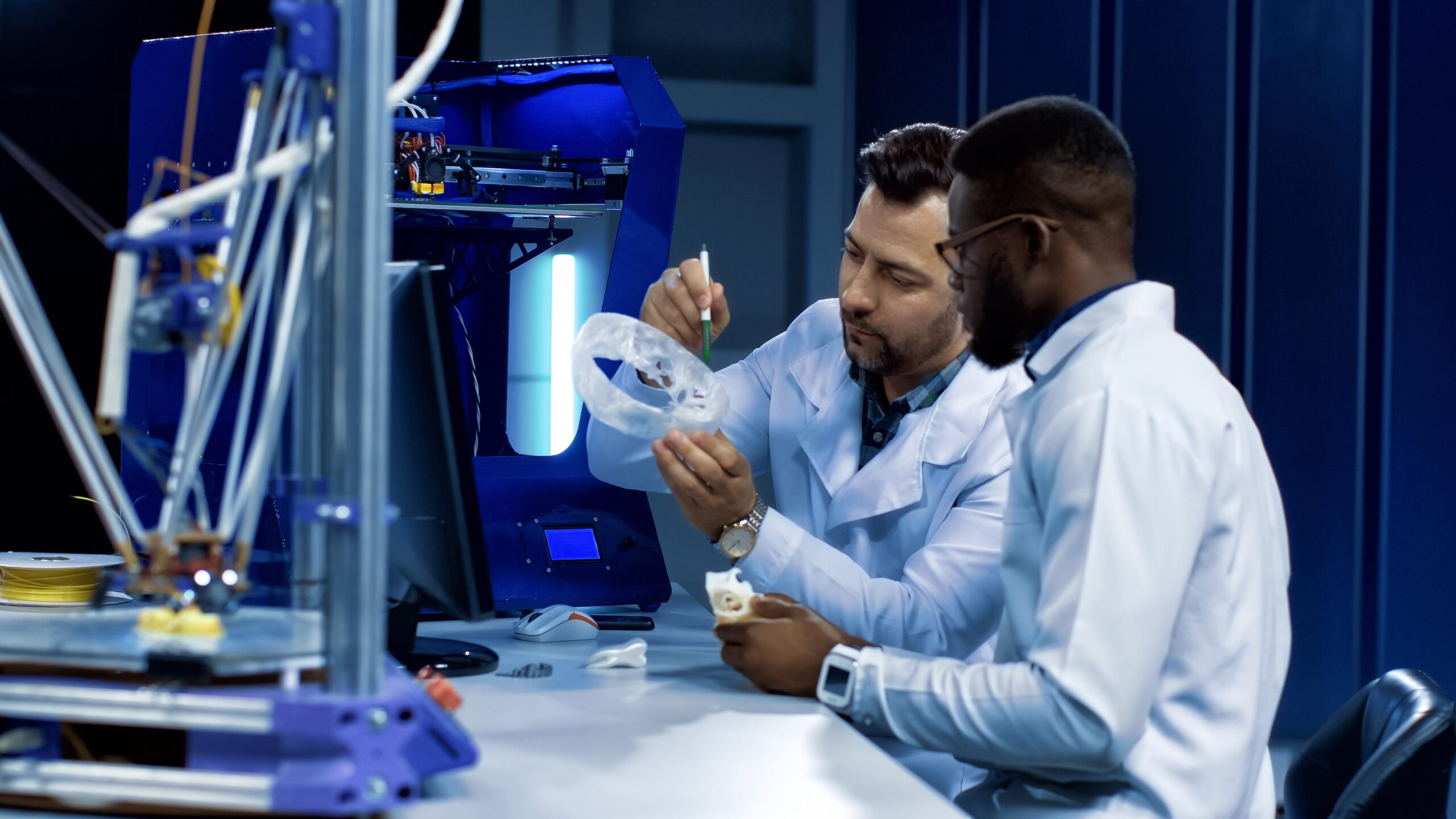It has never been more important to deliver disproportionate value in the medical device industry. The pressures of the market are not getting any less demanding, while competition is only heating up. More and more companies are trying to sell into a consolidating market, which means fewer customers alongside greater pressures to lower costs.
There is a secret value-driver hidden within your organization that can remove you from the messy, competitive middle ground, and help you over-deliver on the value that customers have come to demand. That secret is in the strong relationship between two job functions: Research and Development and Product Management.
- Core Functions of Product Management
- Understand the client
- Bring new products to market
- Portfolio management
- Maintain and grow market share
- Business profitability
- Core Functions of R&D
- Create designs or components
- Develop, document, and validate assembly/manufacturing methods and equipment
- Develop test methods for components and/or final device
- Source materials, components, or contract assembly
- Create protocols that verify and validate the final device by using statistics/design of experiments, execute those protocols
- Run the process of design control for the development of a product
Simply put, product management determines what the market needs and R&D figures out how to make it. But this is not a toss-it-over-the-fence relationship. Having a strong working relationship can unlock significant value.
Example: A product manager identifies a need in the market and comes up with novel product idea. Throughout the development process, the product manager dictates to R&D how to design the product, including what materials to incorporate and what manufacturing processes to use. The product manager did not listen to R&D’s feedback, and the product is a massive flop in the market. It turns out the design was a miss, it cost too much, and the product value proposition was not substantiated by the device itself.
Example: An R&D led organization develops a great idea that seems very interesting, but will have minimal value in the market. They fail to consider market dynamics and influences. The company spends lots of time and money, and the launch is a failure. It was a solution looking for a problem that wasn’t there.
Both functions need to be intertwined and support one another by:
- Taking feedback
- Constantly testing and iterating
- Asking difficult questions and be prepared to answer them
- Remembering that the goal is to solve client pain points. That should be the north star
- Bringing R&D into the business case and product considerations
- Involving product management in development, operational, and regulatory decisions
The value is in the balance between the two functions, and understanding what each brings to the table and what each must contend with. Find the problems that need to be solved and then rely on R&D expertise to solve them. This requires open communication and respect.
The best R&D and product manager relationships lead to great designs that solve real pain points while maximizing profit margins for the client.


